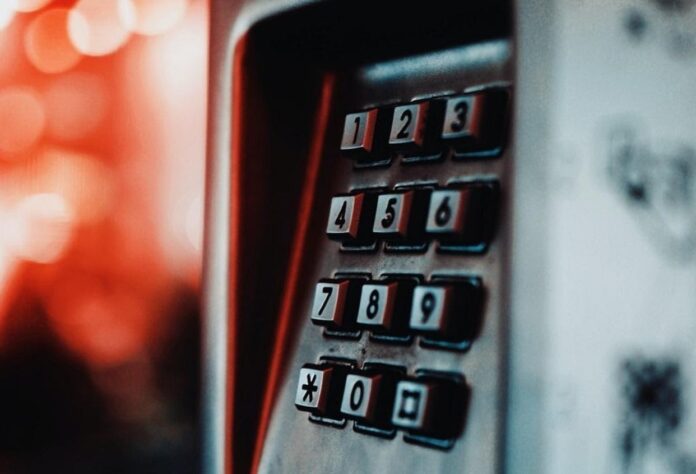Preppers of all ages and sizes have been theorizing about and prepping for a total societal collapse for years, if not decades. And now with the Coronavirus pandemic bringing the whole planet to a full halt, their darkest scenarios no longer seem so farfetched. In fact, total societal collapse seems just around the corner. Even though it is a bit too late to play catch up, how can you keep in touch with your loved ones if the grid goes down?
We’ve rounded up your best options along with each option’s pross and cons.
Cell Phones
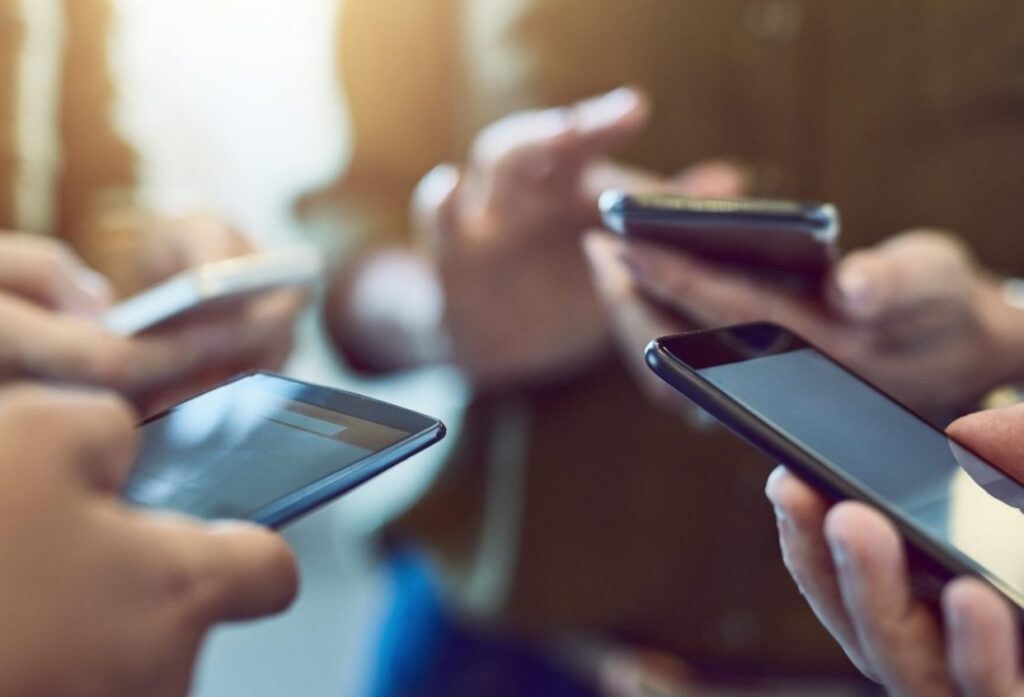
Cell phones will be as good as the amount of the juice in their batteries, and if cell towers are down, burnt to the ground, or whatever, they will quickly morph into lifeless bricks. Cell phones have some of the longest ranges among the devices on our list, but they do rely on modern-day conveniences to function, such as electricity and a functional cellular network. Cell phones are great but not in a post-apocalyptic scenario.
Landline Phones
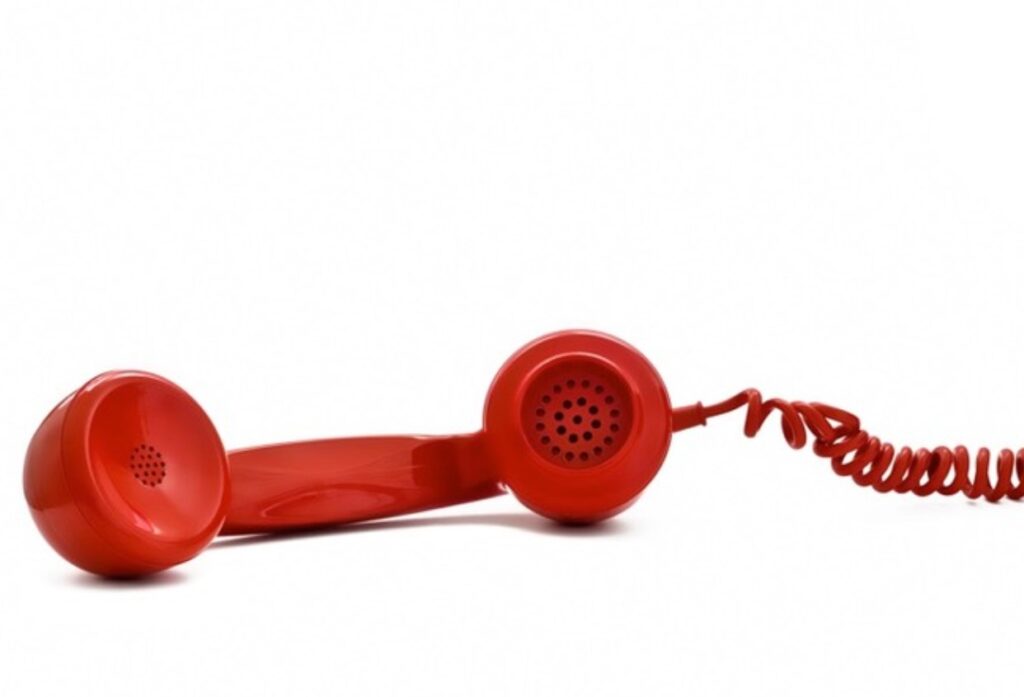
Unlike cordless phones that need power to beam signal from the handset to the base, corded, landline phones will still work when the electricity goes out. However, massive damage to the copper wires that connect your telephone to the phone company or to the phone company’s backup generators, can render landline phone services inoperable in some areas. This scenario is possible in the aftermath of a landscape-changing earthquake for instance and the recovery might last days if not weeks.
Satellite Phones
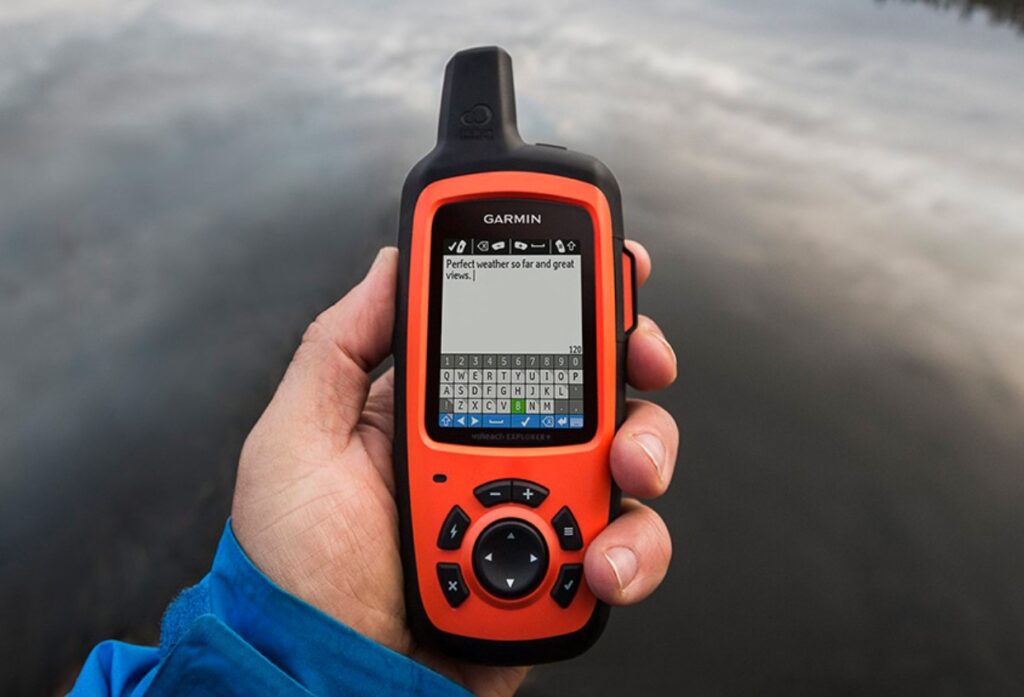
Satellite phones are some of the most expensive on our list, but they do not depend on a ground structure to function. They need satellites to operate and the satellite internet network is always up there, unless a global conflagration breaks out or massive solar storm knocks them out. A Sat Phone will set you back several hundred dollars, without taking into account the monthly service plan that won’t come cheap either. It is expensive but it works. The only downsides are that Sat Phones need power to run and the recipient of your call will need to have a Sat Phone too for effective communication.
CB Radios
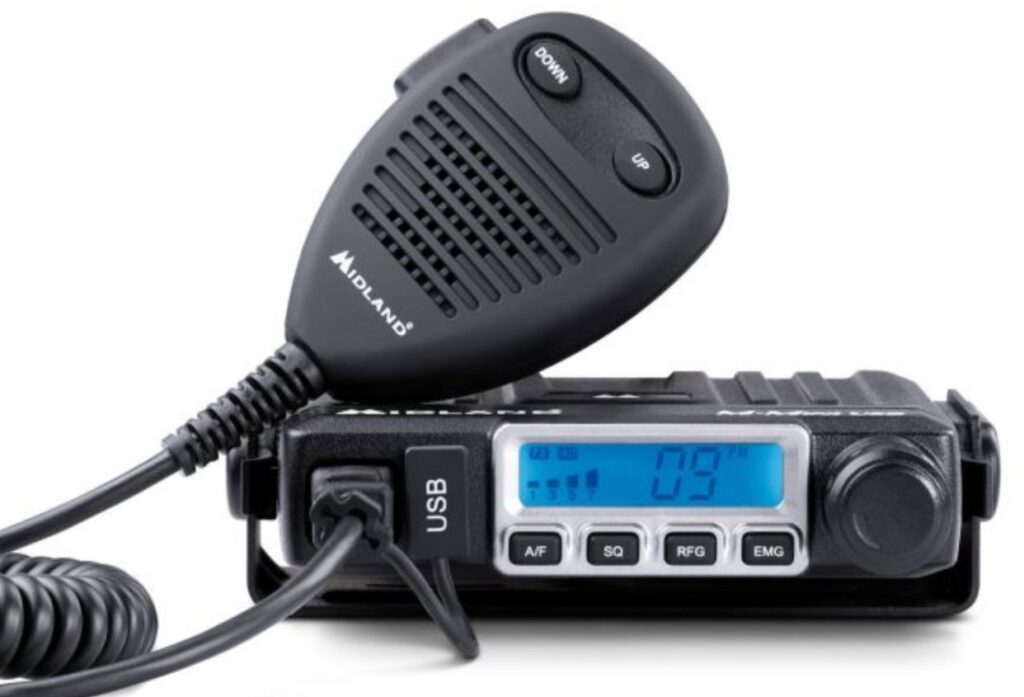
The Citizens Band Radio Service (CB) works on 40 channels and you don’t need a license to operate a CB radio. You can use any of these channels in case of an emergency although there’s a dedicated channel just for them, but you are legally required to give priority to emergency services across any of the shared channels at all times. Legally, the maximum power level for a CB radio is 5 watts. CB radios come with a minimum range of 3 miles in crowded urban areas or areas with thick obstructions and a maximum range of 20 miles, usually in the backcountry with no major obstructions in the line of sight. It is a great idea to keep a CB radio in your bug out bag and help your loved ones learn how to operate one.
HAM Radios
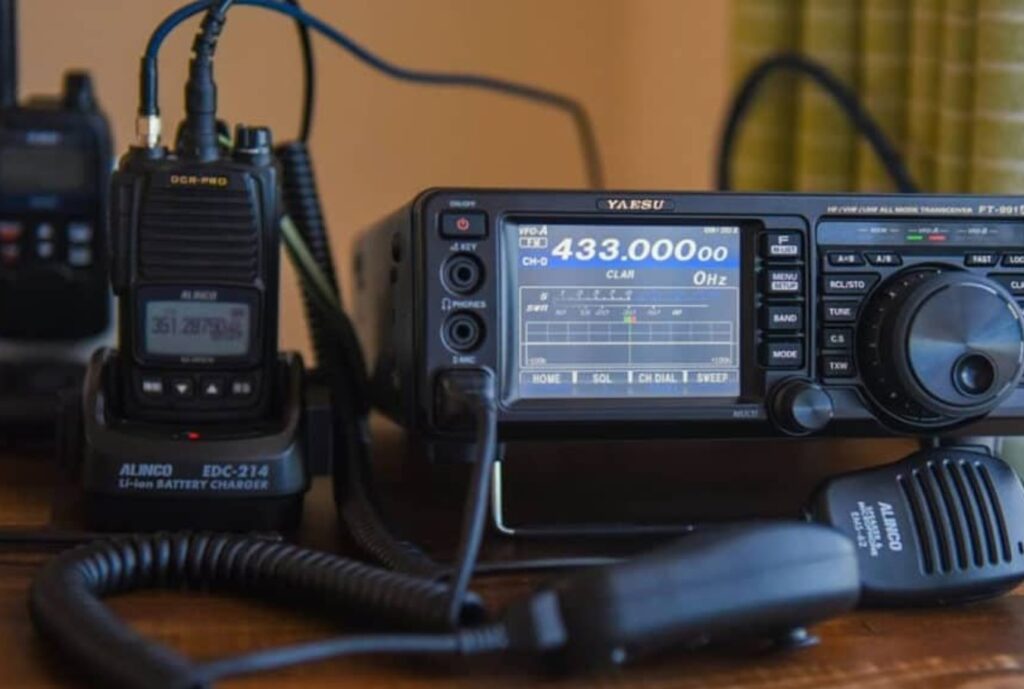
HAM radios or amateur radios are more reliable and much more powerful than CB radios (professional models can hit the 1,500-watt mark), but many of them need a license to operate. Also, don’t be fooled by the moniker “amateur.” They’re called this way to tell them apart from commercial radio stations. You need to be anything but amateur to operate one of those as you need some serious training to get the licensing and to master them later on. After you get the hand of them, they can be used to talk and listen to other HAM operators around the world even when all other means of communication go down the drain.
There are three types of HAM radios:
- Handheld HAM radios, often referred to as “two-way radios” or “Handitalkies” (HT)
- Mobile HAM radios – you’ll see those mounted inside vehicles, they look like a smaller but bulkier PlayStation console connected to a handheld microphone via a phone cable-style plug; the signal can be amplified via a mobile antenna.
- Base HAM stations. These are the most expensive and for professional use only. They’re usually found in private homes and have large, immobile antennas.
Walkie Talkies
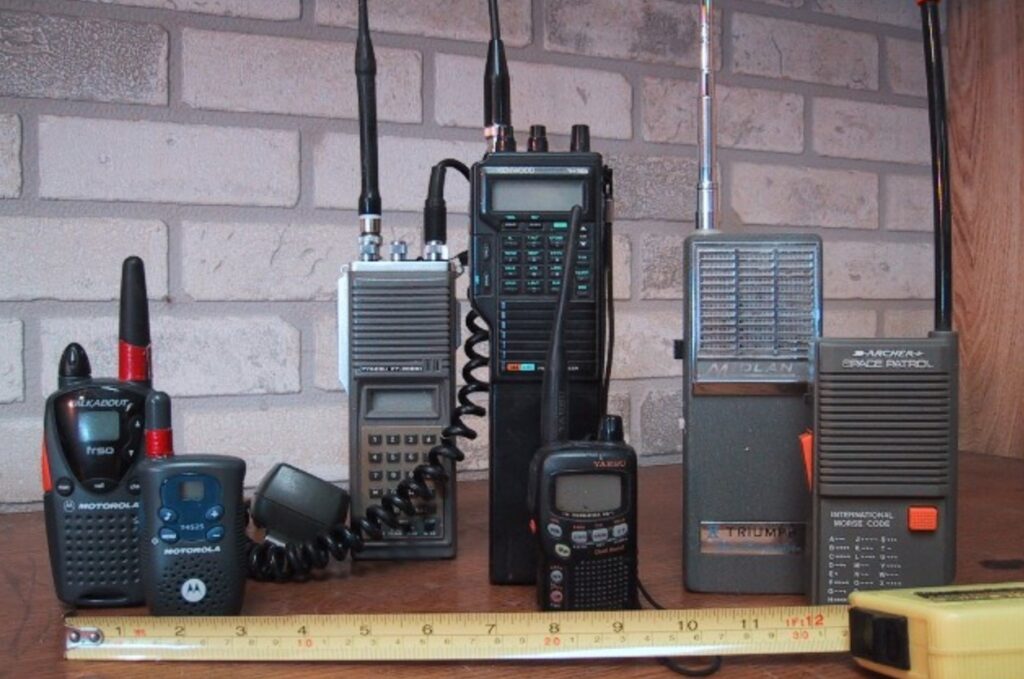
These are also two-way radios, which can be bought at your local Walmart or gas station. They’re great for families and small groups to keep in touch over really short ranges when cell phone connectivity is down. In crowded urban areas, they can work up to one mile. In suburban areas, their range may increase up to 10 miles, while in the backcountry with no critical obstacles in sight, they can reach up to 35 miles.
Usually, the manufacturer states the maximum range on the package, but in urban survival, these devices have the shortest range on our list.
To Wrap It Up
Communication in a post-societal collapse can spell the difference between life and death. Gathering intel or accessing assistance in times of crisis needs to be done via a reliable device that has been tested many times over in times of normalcy and that everyone in your party knows how to use.
For a household on a tight budget, a two-way radio such as a handheld HAM or a walkie talkie will ensure the long-term communication within a small group in case of disaster without having to invest in fancy equipment. For more details, you can check this website. This way, you don’t skimp on quality and get the best two-way radio you can get and test it thoroughly before the crisis. It might save your life one day.

